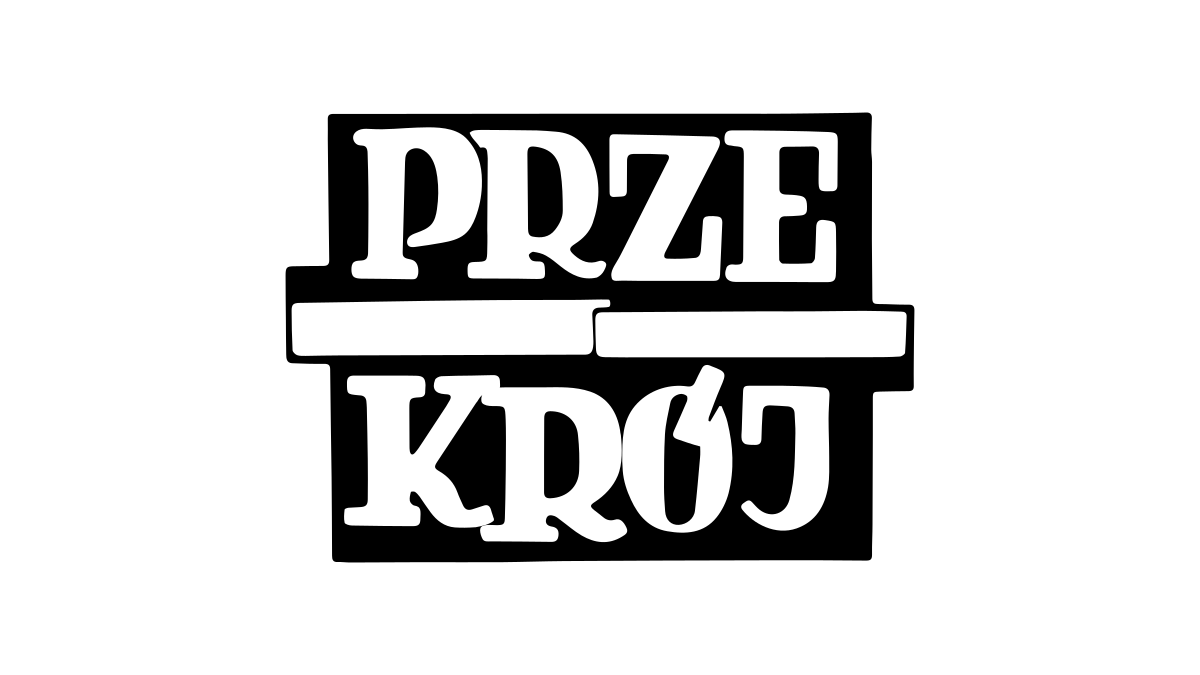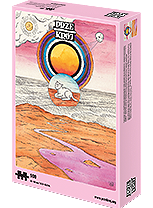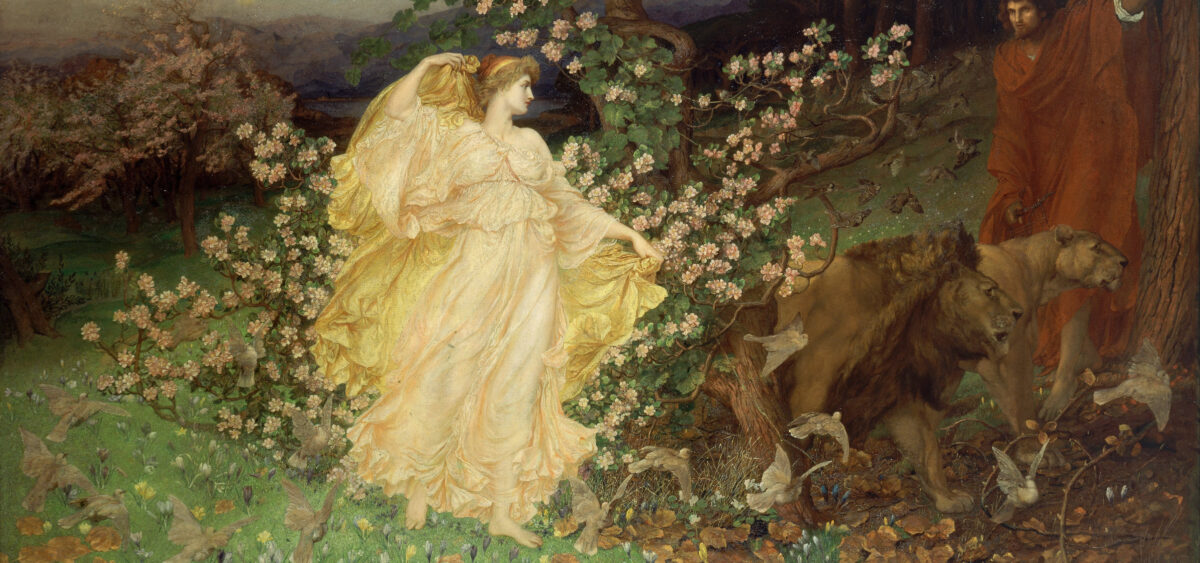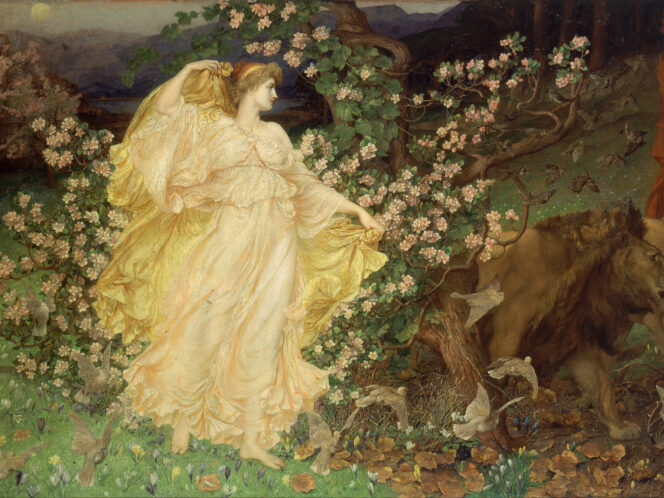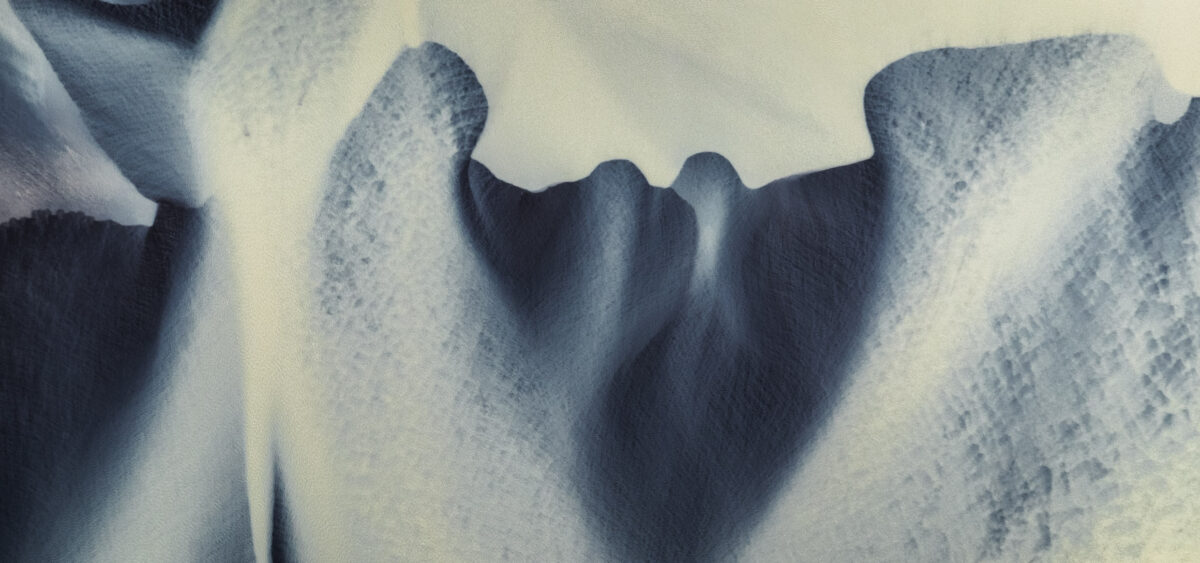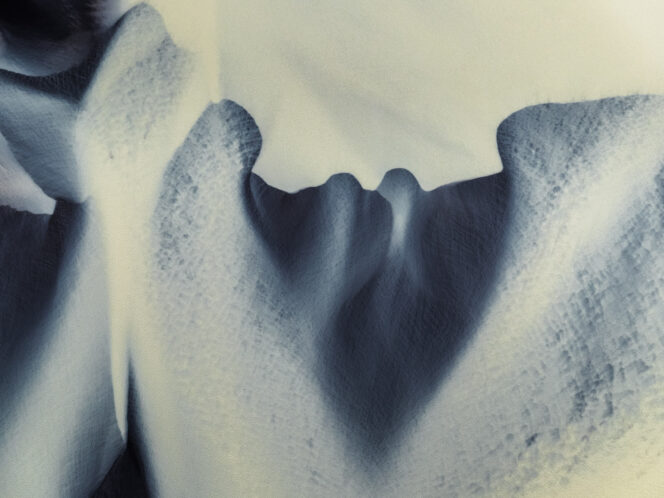
Benevolent and cruel, pure and lustful. She was venerated in all corners of the ancient world, often during secret, orgiastic rituals. Her legend still inspires writers and artists. It’s the Mother Goddess.
When I saw Venus of Willendorf for the first time in a display cabinet of the Natural History Museum in Vienna, I was surprised that she was so small. This figurine, 11.5-centimeters tall, opens many a textbook of art history. However, in close-up she seems almost monumental: a woman made of buttocks, breasts, and belly. But then her silhouette, reduced to the symbols of fertility, is not a male fetish, caricature or pornography. The figurine from over thirty thousand years ago could be one of the first representations of divinity created by humankind.
Many Names
Images of the Mother Goddess are often found during archaeological excavations in all corners of the ancient world: in Egypt, in the Indus Valley, in Crete, and in the Russian steppe. With the development of agriculture and animal husbandry, she started appearing more and more often with her son—together they were patrons of the cyclical changes of seasons, harvest and sowing. The Romans gathered the ancient myths together and created a syncretic Magna Mater (the “Great Mother”). Despite appearances, Christianity has not parted with this legacy, only adding a theological dimension to it. An abstract concept of the Great Mother reappeared anew as Mater Ecclesiae —the “Mother of the Church,” taking care of the faithful.
Venus is just an agreed name for the fat lady from Willendorf. Palaeolithic sculptures
